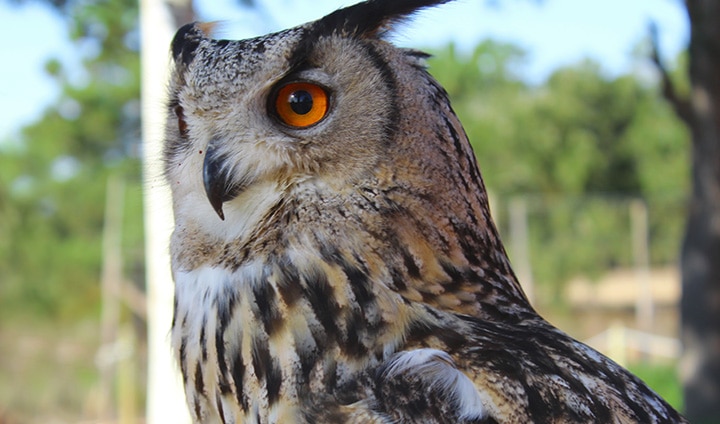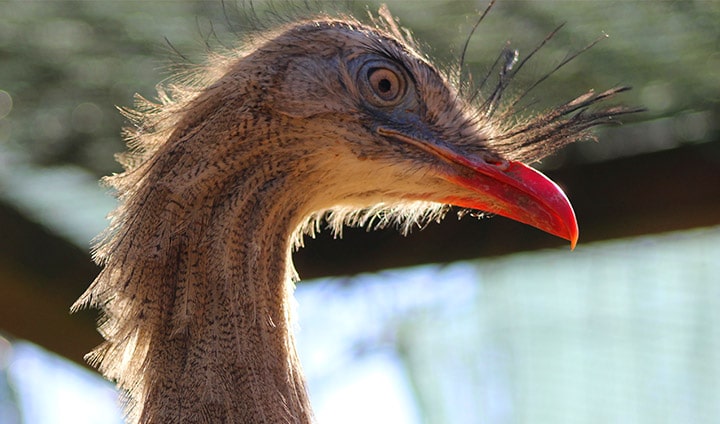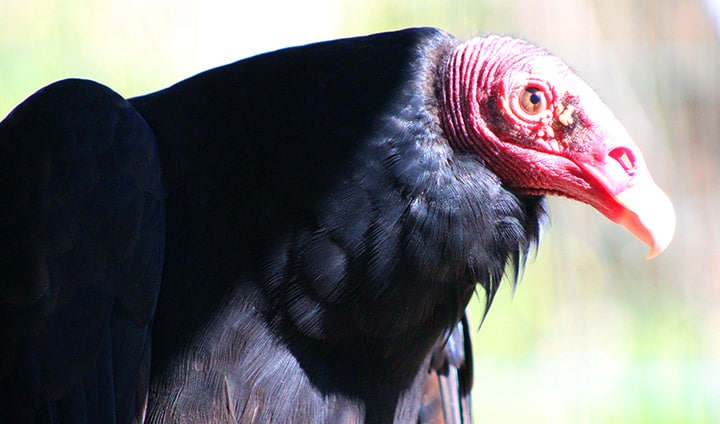Habitat and Geographical Distribution: Wide variety of habitats, including coniferous forests, deserts, wetlands, plains, urban areas and mountain areas.
Its distribution includes practically the whole of Europe and much of Asia and North Africa. B. b. turcomanus is present from the Volga to Kazakhstan and western Mongolia.
Diet: Generalist and opportunist. Feeds on mammals, insects, fish, amphibians, reptiles and birds.
Reproduction: Nests on rocky slopes, on the ground, in buildings and can also use other species’ nests. Lays 2-3 eggs. Chicks hatch after 32-36 days and are dependent on their parents up to five months of age. Incubation is mainly carried out by the female.
Behaviour: Solitary animals that only come together during the mating season. Monogamous, usually pairing with a partner for life. Super-predator, i.e. can feed on other species of predators.
Interesting facts: This is a polytypical species, which means it has morphologically distinct subspecies. It is a very precise hunter with a very silent flight due to specialised wing feathers that have rigid and flexible feathers.
Conservation status: Least Concern (LC), CITES Annex II
Threats: Habitat destruction, direct persecution by humans, reduction of prey, mortality from electrocution and poisoning.
Class: Aves
Order: Strigiformes
Family: Strigidae
Length: 59-75 cm
Wingspan: 1.38-1.88 m
Weight: 1.6-2.8 kg (males) and 2.3-4.2 kg (females).
Average lifespan in the wild: 10-20 years
Maximum lifespan in the wild: 68 years
Maximum lifespan in captivity: 64 years
